All dog breeds have jowls. This is the loose skin surrounding a dog’s mouth, cheeks, and their throat. However, some breeds of dogs have much larger, floppier, and more droopy jowls. These dogs are known for slobbering all over the place.
So, why is this so? Are there any reasons that make it good for a dog to have large drooly jowls?
Some of the reasons include:
- To help them pick up a scent: the bigger the jowls, the more scent that can be wafted up to the dog’s nose.
- To help them breathe when they are swimming: Jowls make air pockets so the dog can breathe better.
- To protect their mouth: When dogs were bred for fighting, it helped them to have big jowls to protect their faces.
Table of Contents
- What Dog Breeds Have Big Jowls?
- Mastiff:
- Newfoundland:
- Saint Bernard:
- Basset Hound:
- Boxer:
- Cane Corso:
- Rottweiler:
- Hounds:
- Bulldog:
- Great Danes:
- Chow Chow:
- Shar-Pei:
- Some Disadvantages of Jowls in Dogs
- How Do You Clean a Dog’s Jowls?
- Licking the Jowls – Did you ever notice your big jowled dog licks their jowls?
- Conclusion:
What Dog Breeds Have Big Jowls?
Some of the dog breeds with big jowls are mentioned below:
Mastiff:
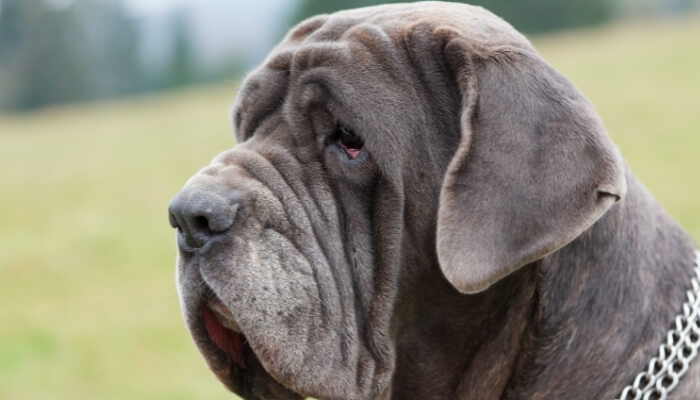
This dog breed was originally meant to be used in bull baiting, dog fighting, and hunting. So, their big jowls protected their faces and helped them pick up a scent faster and better.
Newfoundland:
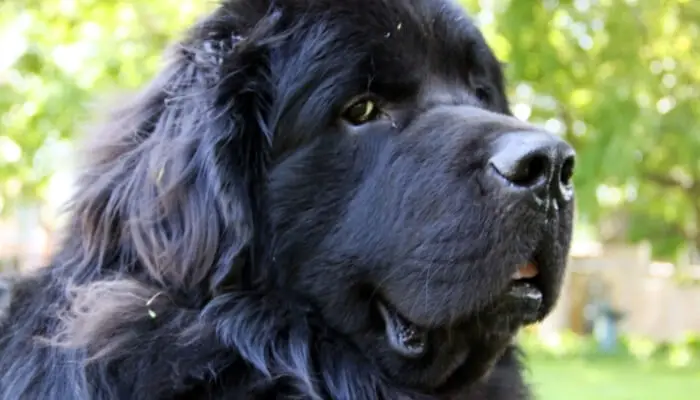
These are water dogs so their bigger jowls assist them in breathing while they are swimming. They were used for retrieving things, and also sometimes for saving people who are drowning.
Saint Bernard:
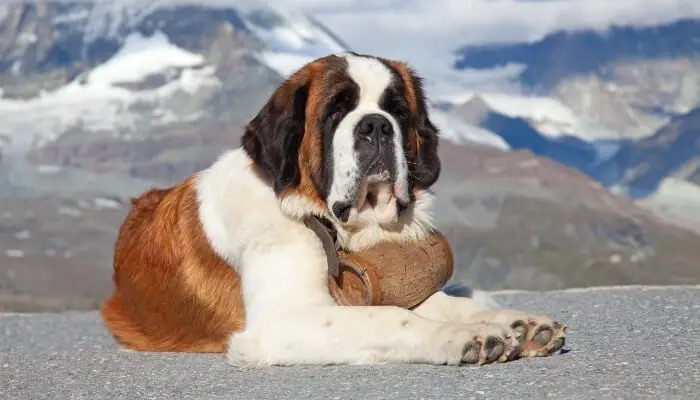
People often see pictures of Saint Bernards wearing casks of brandy on their necks. The brandy was meant for the people they found freezing in the snow as the dog searched for victims of avalanches. Their jowls help them get the scent of these trapped victims better from underneath the snow.
Basset Hound:
Bred for hunting, these dogs are also built low to the ground and so have short legs. Plus they have long floppy ears too and are prone to ear infections. They also are used to hunt games like deer or rabbits. Their jowls help them smell out their prey.
Boxer:
Boxers were originally a fighting breed. They were trained to fight bulls, so their jowls worked to protect their faces.
Cane Corso:
This is another fighting breed. Therefore, the jowls shielded their faces when in a fight.
Rottweiler:

These originated in Rome, Italy, and are very stocky and strong. They were guard dogs for the Romans and are very loyal. So their jowls protected them when they were in a fight with enemies.
Hounds:
Hunting dog breeds of hounds may be bred to track and hunt different prey, but all their jowls are for the same reason, to help them get the scent of that prey.
Bulldog:
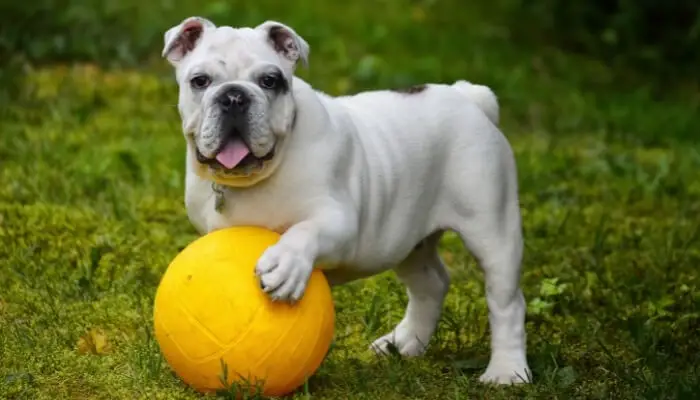
Another fighting dog. They have a strong jaw and are very stocky and solid. Their jowls assist in protecting their faces just like with other fighting breeds.
Great Danes:
Originated in Germany, they were hunters and guard dogs. Their jowls, therefore, do double duty and protect their face as well as help them scent out their prey. Great Danes are normally gentle giants.
Chow Chow:
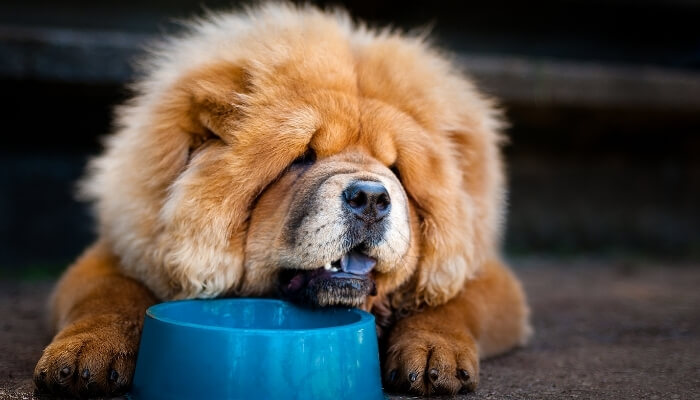
These dogs come from China. They are very furry and have big jowls. Some people think they look like a lion. They are usually loyal to one person only.
Another dog that came from China. They were used as fighting dogs, watchdogs, and guardians. They are well known for having lots and lots of wrinkles.
Related Post: Best Dog Breeds for Camping and Hiking Enthusiasts
Some Disadvantages of Jowls in Dogs
While jowls are meant to help dogs, in some cases they have disadvantages like infections, etc. Common cases include:
Excessive Drooling: Big jowls dogs drool a lot more. But you should also make sure it isn’t caused by something else like a toothache or a growth on the gums. Watch for signs of gum or teeth problems in big jowled dogs.
Swollen Jowls: Sometimes a dog with big jowls may turn up with them swollen, so look carefully to see if they seem bigger than usual. Causes could be an infection, abscess, tumor, dental issue, or even something like porcupine quills.
Drooping on One Side: This could indicate nerve damage or some sort of injury.
Bleeding Jowls: This could mean an injury, something stuck in the mouth, gum issues, or something called lip fold dermatitis.
Itchy or Dry Jowls: This is another symptom of lip fold dermatitis, or they could have a bacterial infection. If you notice your dog scratching or shaking their heads, check their jowls for problems.
Oral Papillomavirus: This is a type of oral warts that can cause little benign tumors in your dog’s mouth. It can be infected too, so if you see it in your dog talk to your veterinarian. This is a contagious disease and can spread via dog dishes or other dog-to-dog contacts.
How Do You Clean a Dog’s Jowls?
It is a good idea to keep your big jowled dog’s jowls clean. Start when they are a puppy so they don’t mind you handling their mouths and jowls. You only need a damp towel to wash off his jowls and dry them off.
Be sure to get into all the folds and crevices. Be sure to also brush their teeth while you are at it. This gives them better breath too! And you will be much happier along with your pup.
Licking the Jowls – Did you ever notice your big jowled dog licks their jowls?
This could be because of a nervous habit or stress, or due to a tooth problem. They could even be dehydrated. You don’t want your dog’s jowls to stay super wet or it could lead to bacteria pockets and future infections.
Conclusion:
All in all, many breeds of dogs have big jowls, and people just like the way they look, but originally they were bred for specific purposes and the bigger jowls helped for those things. If you own a dog with a big set of jowls, be sure to keep them clean and be on the lookout for possible problems as mentioned in this article.
You Might Also Like:
